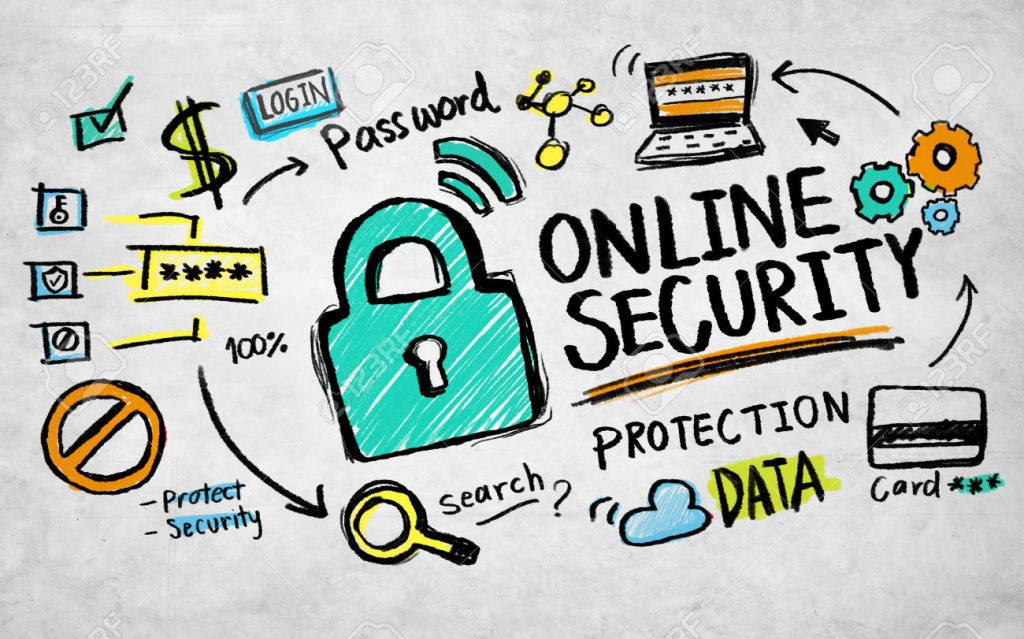
We’ve all seen plenty of news lately about security dangers on the Internet.
At No Boundaries, we work on staying safe on the Internet every day. Our lessons in Internet safety include how to protect ourselves from spam, scam emails, and Internet phishing when we surf the Web. We learned how to recognize a dangerous email and how to self-advocate for support when we need it. Here are a few important tips from No Boundaries Participants:
What is SPAM?
Spam was once best known as a brand of precooked meat that comes in a can. But now it is better known as advertising and junk messages that land in your email inbox. The sender of the spam email hopes you will read the message and do what they ask you to do.
What are some examples of spam email? Spam emails can come from a lot of different kinds of Internet sites. It can come from a dating website, online pharmacies, an online store, a pornography website or be a chain email.
What are SCAMS?
Scam emails are usually messages that offer a product or a service and the email lands in your inbox from a disreputable, or even fake company. Scams are sent to trick you into going to the scammer’s website to buy something that is a fake or they pretend to do business with you so that you will give them your money.
What are some examples of scam emails? A scam message might offer a designer brand watch, handbag or sunglasses at a really cheap price (it’s a fake) or a message that tries to sell you a cure or potion for a condition, knowing that the product doesn’t really work.
What is PHISHING?
Phishing is a kind of scam email sent into your inbox to trick you into clicking on a link so that they can put a virus into your computer or steal your personal information. Sometimes the phishing email tries to get you to go to their website and type in your personal information. Phishing emails pretend to come from Banks and Credit Card Companies and even Online Shopping sites. They often look like the real thing, even though they are fake. So beware!
What are some examples of PHISHING? An email that pretends to come from a bank, credit card company or online store. It might spell your name incorrectly or use a weird greeting. It may request your personal information like your account, password, and your pin number.
How can you AVOID GETTING SPAMMED, SCAMMED OR PHISHED?
- Learn how to tell if an email is spam, scam or phishing.
- Do not respond to emails from people that you don’t know.
- Do not open attachments from people that you don’t know.
We hope you enjoyed reading our Internet safety tips!
Register to join No Boundaries to learn and practice many more Internet safety skills.
Contact Stephanie Minich at sminich@search-inc.org or 847-869-0000 today




4 Comments
I learn about this last week it is so helpful to know
I remember about that module. I thought it was inspirational for me because It is all a review for me. But it makes me more alert of my safety online. I love learning different techniques from other people who is doing that particular module.
Very informative. It provides good examples and describes each one very well.
They just show the Internet safety tips are spam, scam and phishing. The spam was from the internet are online pharmacy, online store or chain email. Phishing is the kind of email that they have virus and stealing your personal information. Scam is usually the message that will offer the product or service that you will land on the inbox and fake company. It was very important to protect yourself. This is a good example that you can help and learn how to practice for the Internet safety. You probably need to spell the word carefully. This make the product work. The spam open the email for to read. Finally, advertising and junk email will land the email inbox like Gmail, Yahoo and Outlook.